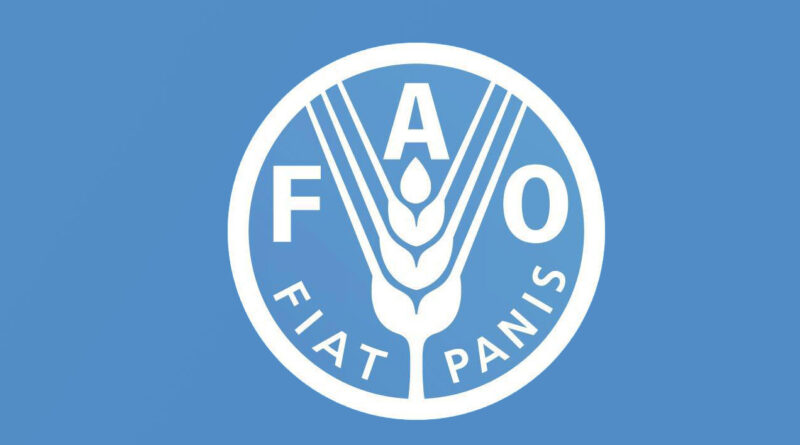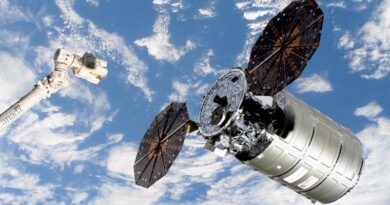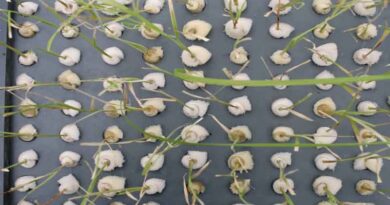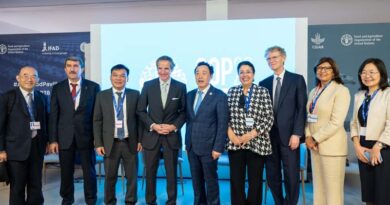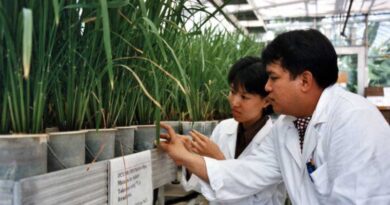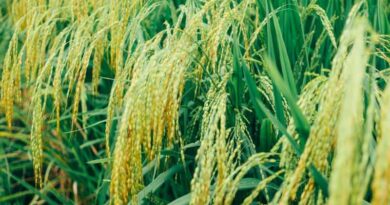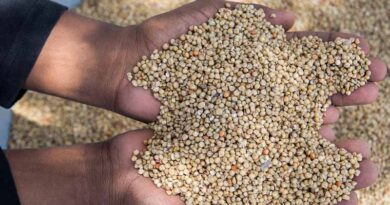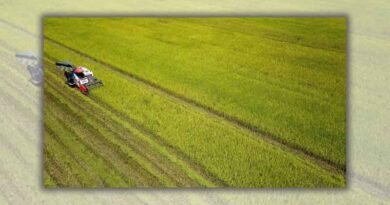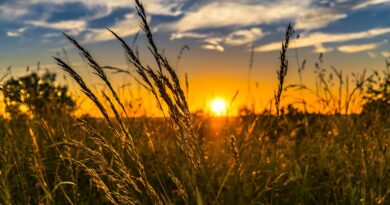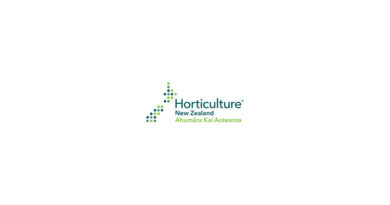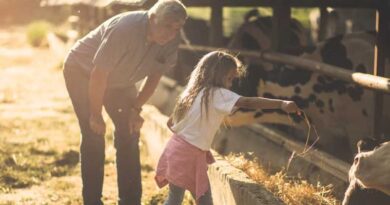Crop seeds return from space in IAEA/FAO project to help feed a warming world
17 April 2023, Rome: Seeds sent into space last year have returned to Earth in a new milestone for joint efforts by the International Atomic Energy Agency (IAEA) and the Food and Agriculture Organization of the United Nations (FAO) to develop resilient crops that can help provide sufficient food as the planet heats up.
Plants naturally evolve to thrive in their surroundings, but crops have been struggling to keep up with the current pace of climate change. The world is warmer and the global population is increasing, causing farmers around the world to struggle to meet food demand. To support these farmers and improve global food security, the IAEA and FAO, through their Joint FAO/IAEA Centre of Nuclear Techniques in Food and Agriculture, sent seeds into space to explore the effects of cosmic radiation on speeding up natural, genetic adaptation of much needed crops. Their return to Earth paves the way for scientists to start analysing the results.
Launched from NASA’s Wallops Flight Facility in Virginia, USA on 7 November 2022 and having spent around 5 months at the International Space Station (ISS), Arabidopsis and Sorghum seeds — chosen because there is already a large bank of scientific data available for comparison — were released from the ISS in the SpaceX CRS-27 cargo craft at 17:05 CEST on 15 April and made a parachute-assisted splashdown off the coast of Florida, CA, USA at 22:58 CEST. They will now begin their journey back to the laboratories of the Joint FAO/IAEA Centre of Nuclear Techniques in Food and Agriculture in Seibersdorf, Austria, where they will be screened and analysed for desirable traits.
“The cosmic crops project is a very special one. This is science that could have a real impact on people’s lives in the not-too-distant future, by helping us grow stronger crops and feed more people,” said IAEA Director General Rafael Mariano Grossi. “IAEA and FAO scientists may have already been mutating seeds for 60 years and creating thousands of stronger crops for the world to use, but this is the first time we have experimented with such an exciting field as astrobiology.”
“Now that the seeds are back on Earth, we can see the effects of cosmic radiation, microgravity and extreme temperatures and compare them with those induced in our joint laboratories. This ground-breaking experiment can help develop crops that are able to adapt to climate change and boost global food security,” said FAO Director-General QU Dongyu.
The seeds will undergo a phytosanitary import process that is a standard requirement for transport of plant material across country borders to minimize the risk of introducing new pests, before final arrival at the laboratories.
Radiation in laboratories typically happens in a machine using gamma rays and X rays, which accelerates the process of spontaneous genetic variation. Scientists work to identify positive traits in irradiated seeds and introduce that trait into future generations. In this way, plants evolve faster with desirable qualities, including resistance to disease and tolerance to drought. The wide range and heavier radiation in space combined with other extremes such as microgravity and temperature could trigger genetic changes not normally encountered with radiation sources on Earth.
“This is the first feasibility study of the FAO and IAEA to determine the effect of cosmic radiation, microgravity and extreme temperatures on plant genome and biology, towards generating sufficient genetic variation for enhanced adaptation to climate change,” said Shoba Sivasankar, Section Head of Plant Breeding and Genetics at the Joint FAO/IAEA Centre.
Arabidopsis, a type of cress that is easy and inexpensive to grow and produces many seeds, will be tested for tolerance to drought, salt and heat. Sorghum, a nutrient-packed cereal grain that can grow on arid lands and is resilient to changes in climate, will be tested for desirable traits for climate change resilience. Both seeds will be grown to the next generation before trait selection, and with the faster growing Arabidopsis, depending on when they arrive in the laboratories in Seibersdorf, initial results could be available in October 2023.
In both crop species, DNA will be extracted and sequenced, to compare the changes between the seeds that were irradiated in a laboratory, those that were positioned inside the ISS, and those that were positioned outside the ISS and received the full exposure to cosmic radiation, microgravity and extreme temperatures. These comparisons, together with the comparative analysis of plant biology, will help to understand whether harsh space conditions have a uniquely valuable effect for crop improvement and could potentially benefit people on Earth.
Also Read: Tractor sale in India crosses 8 lakh mark
(For Latest Agriculture News & Updates, follow Krishak Jagat on Google News)

